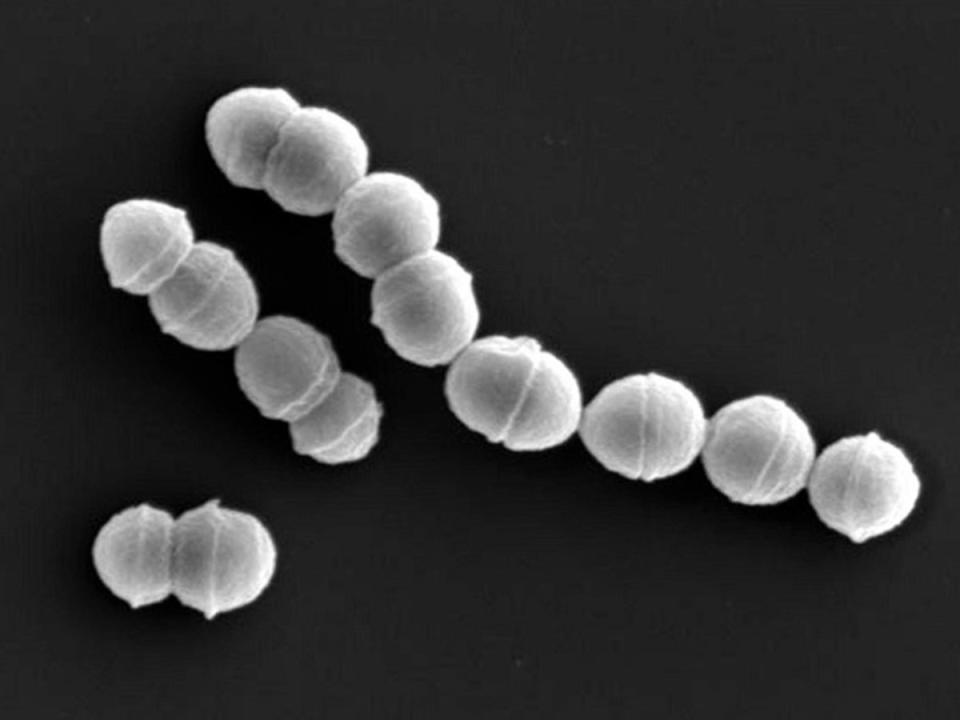A rare, deadly flesh-eating bacterium is spreading in Japan; hundreds of people have already been infected.
In the first six months of 2024, more than 1,000 cases of streptococcal toxic shock syndrome (STSS) were reported in Japan, exceeding the total number recorded in the country last year.
The disease is mainly caused by a bacterium called Streptococcus pyogenes, commonly known as group A streptococcus.
STSS can be fatal in some cases. In March, Japan’s National Institute of Infectious Diseases recorded 77 deaths from the disease. The institute warns that the disease can lead to death within a few days.
But despite a record number of cases of streptococcal toxic shock syndrome (STSS) this year, the cause of the increase remains unknown.
What is STSS?
Streptococcal toxic shock syndrome is a serious illness caused by the spread of group A streptococcus bacteria into the blood and deep tissues, according to the U.S. Centers for Disease Control and Prevention (CDC).
Open wounds or ulcers, diabetes, and alcohol consumption are all factors that can increase the risk of contracting STSS. The disease is most common in people over 65 years of age.
According to the CDC, symptoms of STSS include fever, chills, muscle aches, nausea and vomiting.


The disease can be more serious when it occurs along with necrotizing fasciitis, a flesh-eating form of group A streptococcus with which STSS is “strongly associated” and which destroys muscles, skin and underlying tissue, according to Penn Medicine.
Andrew Steer, director of infection, immunity and global health at the Murdoch Children’s Research Institute in Melbourne, Australia, warns that STSS patients often show no warning signs.
“Usually you’re fine, and then you get acutely quite ill,” he said, adding that a sunburn-like rash can also be one of the first signs of infection.
According to the CDC, blood pressure drops within 24 to 48 hours, followed by organ failure and rapid heartbeat and breathing. It is vital to get to a hospital as soon as possible, where the infection can be treated with antibiotics, surgery, or intravenous fluids.
What is causing the outbreak in Japan?
The exact cause of the STSS outbreak in Japan is unknown, but Japan’s health ministry has suggested that the easing of coronavirus measures may be a contributing factor to the surge.
Despite the increase, the ministry insisted that travel to the country remained safe, but urged travelers to take precautions, including washing hands and cleaning wounds, to prevent infection.
Meanwhile, experts warn that although STSS has been around for hundreds of years, it is still quite rare.
“It is still a rare infection, but the public and doctors should be aware that the number of cases is increasing,” Steer said.
The United States reported 145 cases of STSS in 2021.




